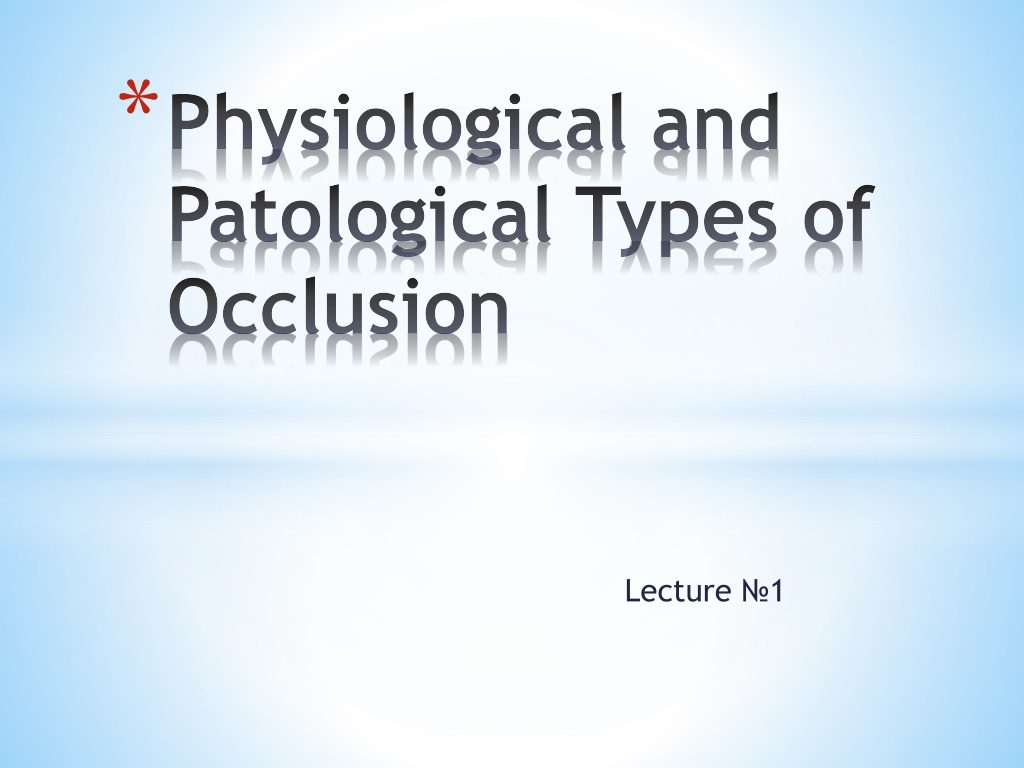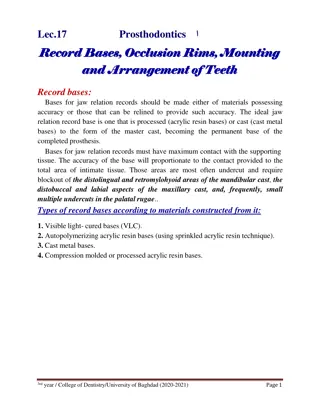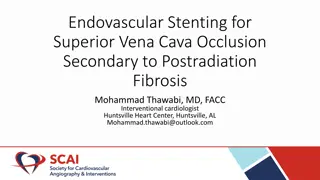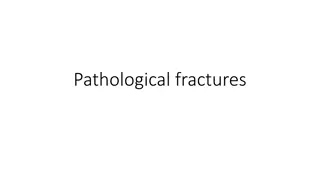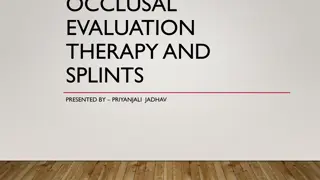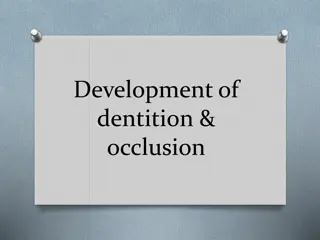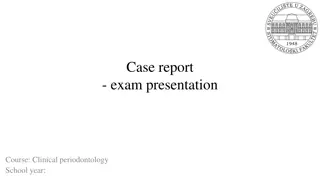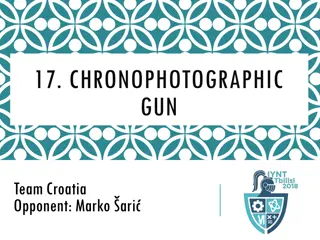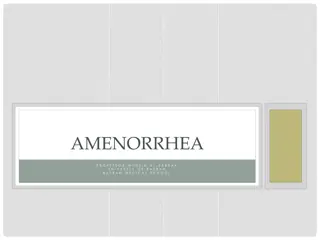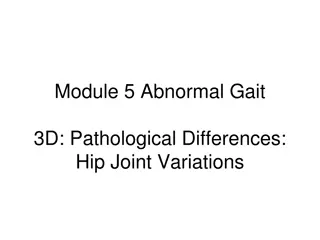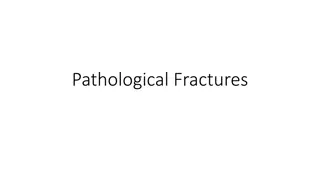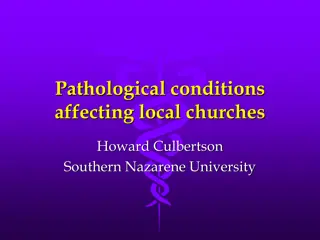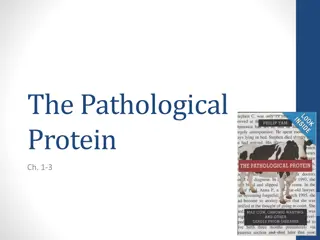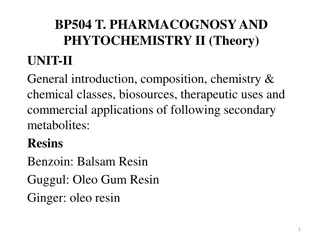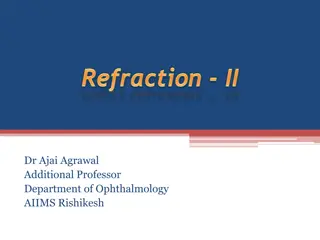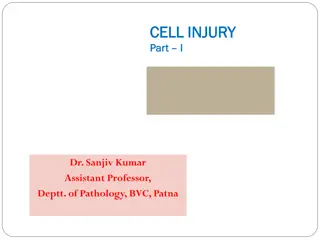Understanding Physiological and Pathological Types of Occlusion
This lecture discusses the physiological types of occlusion, focusing on facial and jaw signs to determine correct harmonious occlusion. It explains characteristics of orthognathic bite, straight bite, physiological biprognathism, and opisthognathic bite, highlighting key features such as tooth alignment and tubercle positioning. The importance of symmetrical and proportional facial signs in establishing proper occlusion is emphasized.
Download Presentation

Please find below an Image/Link to download the presentation.
The content on the website is provided AS IS for your information and personal use only. It may not be sold, licensed, or shared on other websites without obtaining consent from the author. Download presentation by click this link. If you encounter any issues during the download, it is possible that the publisher has removed the file from their server.
E N D
Presentation Transcript
*Physiological and Patological Types of Occlusion Lecture 1
*Physiological Types of Occlusion extraoral Facial and jaw signs: Facial signs - symmetrical - proportionality Jaw signs - correct harmonious signs: occlusion Intraoral
*Physiological Types of Occlusion Facial signs - symmetrical right side = left side
*Physiological Types of Occlusion Facial signs - proportionality The lower face should approximately equial upper and anterior heights be
*Physiological Types of Occlusion 1) orthognatic bite 2) straight bite 3) physiological biprognathism 4) opisthognathic bite
*Physiological Types of Occlusion Characteristics of the orthognathic bite 1) the upper frontal teeth 1/3 cover the lower ones by 1/3 length 2/3 of the lower teeth crowns
*Physiological Types of Occlusion Characteristics of the orthognathic bite 2) the tubercle of the upper canine tooth crown is located between the lower canine tooth and the 1-st premolar
*Physiological Types of Occlusion Characteristics of the orthognathic bite 3) the centerline between the central incisors of the upper and lower jaws is coinsides
*Physiological Types of Occlusion Characteristics of the orthognathic bite 4) the mesial-buccal tubercle of the upper 1-st molar is located in the transverse sulcus of the similar lower tooth
*Physiological Types of Occlusion Characteristics of the orthognathic bite 5) every tooth of the upper jaw has two antagonists similar and standing behind (except for the lower central incisors and upper wisdom teeth)
*Physiological Types of Occlusion Characteristics of the orthognathic bite 6) the buccal tubercles of the upper lateral teeth cover the buccal tubercles of the lower ones, and the palatine tubercles of the upper teeth are located between the buccal and lingual tubercles of the lower teeth
*Physiological Types of Occlusion Characteristics of the orthognathic bite 7) the upper dental arch is semielliptical, the lower parabolic; in temporary occlusion a semicircle on both jaws
*Physiological Types of Occlusion Characteristics of the orthognathic bite 8) the dental arches of the upper and lower jaws are symmetrical
*Physiological Types of Occlusion Characteristics of the orthognathic bite 9) in the state of central occlusion there is a full occlusive contact between all teeth (except for unerupted ones)
*Physiological Types of Occlusion Characteristics of the orthognathic bite 10) in the state of physiological rest an interocclusive space varying within 2 mm arises between dental arches
*Physiological Types of Occlusion Characteristics of the straight bite
*Physiological Types of Occlusion Characteristics of the physiological biprognatism
*Physiological Types of Occlusion Characteristics of the opisthognathic bite
*Physiological Types of Occlusion Andrews occlusion keys 1-st key
*Physiological Types of Occlusion Andrews occlusion keys 2-nd key
*Physiological Types of Occlusion Andrews occlusion keys 3-rd key
*Physiological Types of Occlusion Andrews occlusion keys 3-rd key
*Physiological Types of Occlusion Andrews occlusion keys 4-th key
*Physiological Types of Occlusion Andrews occlusion keys 5-th key
*Physiological Types of Occlusion Andrews occlusion keys 6-th key 2 mm
*Pathological Types of Occlusion 1. Prognathic (distal) occlusion
*Pathological Types of Occlusion Classification occlusion anomalies by Angle 2. Progenic (mesial) occlusion (3-rd cl)
*Pathological Types of Occlusion 3. Open occlusion
*Pathological Types of Occlusion 4. Deep occlusion
*Pathological Types of Occlusion 5. Cross occlusion - anterior - posterior
*Pathological Types of Occlusion 6. Neutral occlusion with anomalous position of individual teeth
*Pathological Types of Occlusion Classification occlusion anomalies by Angle Class II div.1 Class II div. 2
*Pathological Types of Occlusion Classification occlusion anomalies by Angle III class
